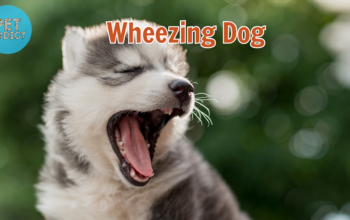The Importance of Slow Feeding for Dogs
Fast eating is a common issue among dogs and can lead to various health concerns, including choking digestive problems, and obesity. To address this issue, slow-feeder dog bowls have gained popularity as a solution to promote healthier eating habits. In this article, we will explore the benefits of slow feeding, how slow-feeder dog bowl work, tips for introducing them to your dog, and the various benefits they provide. By incorporating slow-feeder dog bowls into mealtime routines, dog owners can enhance their pets’ overall well-being and make mealtime a more enjoyable experience.
PetAddict.net – The best place where you can find everything about your pet!
Understanding the Need for Slow-Feeder Dog Bowl
Fast eating in dogs can have negative consequences on their health. By consuming food too quickly, dogs may experience choking, gagging, indigestion, and even obesity. Slow-feeder dog bowls help address these issues by slowing down the eating process, allowing dogs to savor their meals, and encouraging healthier digestion.
How Slow-Feeder Dog Bowls Work
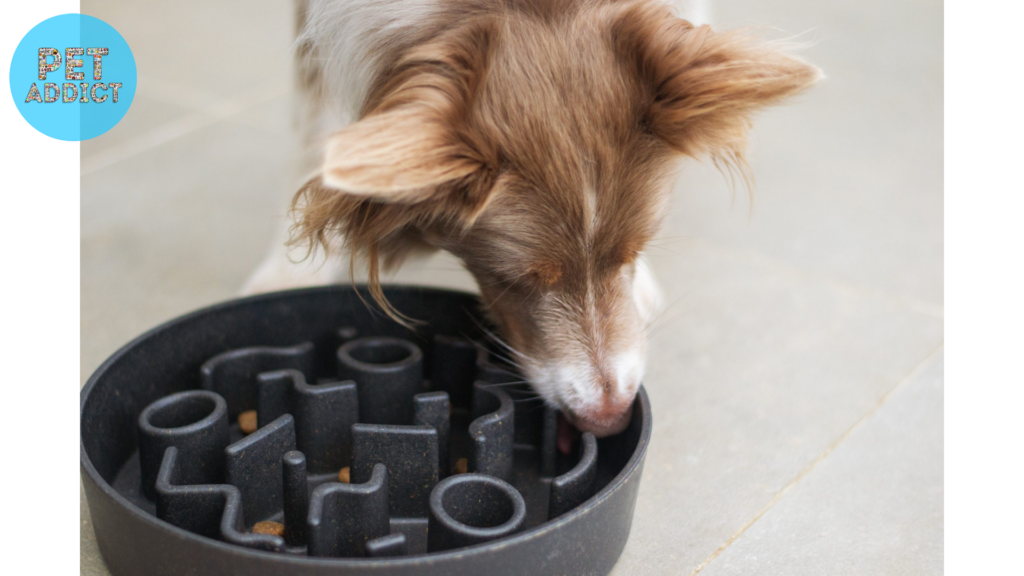
Slow-feeder dog bowls are specifically designed to make mealtime more challenging and engaging for dogs. They typically feature various obstacles, ridges, or patterns that force dogs to work around the bowl’s surface, preventing them from gulping down food in a few bites. By making it harder for dogs to access their food, slow feeder bowls promote slower and more controlled eating.
Choosing the Right Slow-Feeder Dog Bowl
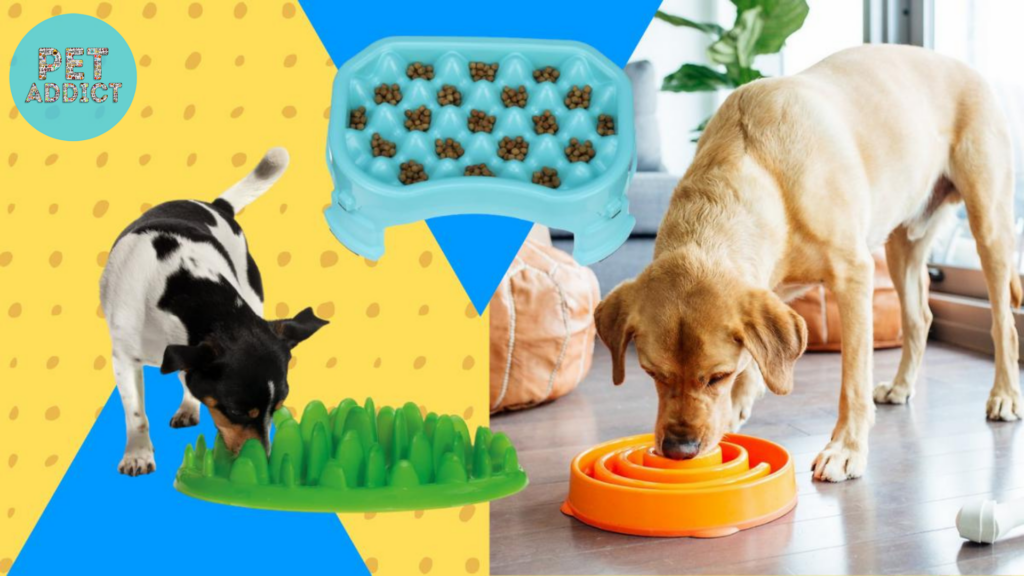
When selecting a slow-feeder dog bowl, consider the following factors:
- Size and capacity: Choose a bowl size appropriate for your dog’s breed and size. Ensure that it can hold an adequate amount of food for a satisfying meal.
- Design and complexity: Slow feeder bowls come in various designs, ranging from simple ridges to intricate mazes. Consider your dog’s ability and preference when selecting a design.
- Material and durability: Opt for bowls made of safe, non-toxic materials that are sturdy and easy to clean.
Introducing Slow-Feeder Dog Bowls to Your Dog
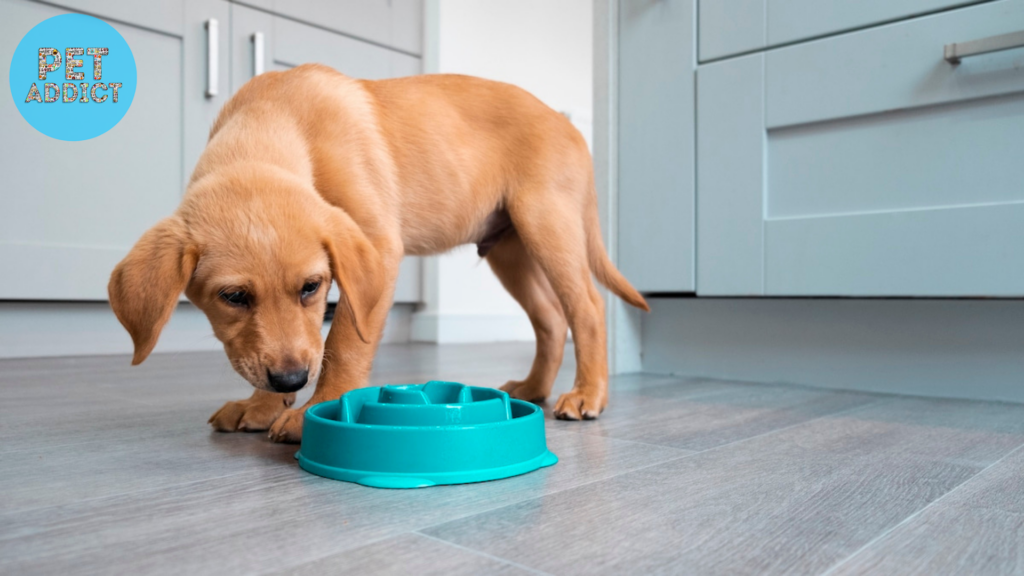
Transitioning from regular bowls to slow-feeder dog bowls may require some patience and training. Follow these steps to help your dog adapt to the new feeding method:
- Gradual transition: Start by placing the slow feeder bowl alongside the regular bowl during mealtime. Gradually decrease the amount of food in the regular bowl while increasing the food in the slow-feeder bowl over several days.
- Positive reinforcement: Encourage your dog to explore and engage with the slow feeder bowl by offering praise, treats, or small rewards during feeding.
- Patience and observation: Allow your dog to take its time and adjust to the new feeding experience. Observe their behavior and provide support as needed.
Training and Feeding Tips for Slow Feeding
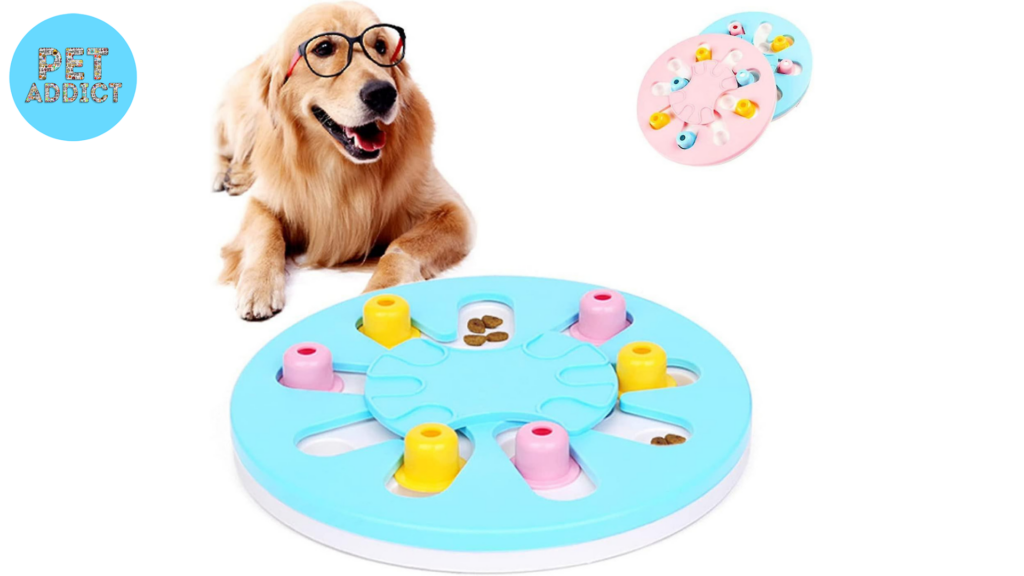
To make the most of slow-feeder dog bowls, consider the following tips:
- Gradually increase feeding time: Start with shorter feeding sessions and gradually increase the time it takes for your dog to finish its meal. This allows for a gradual adjustment to slower eating habits.
- Portion control: Monitor your dog’s food intake and adjust portion sizes accordingly. Slow-feeder bowls can help prevent overeating and aid in weight management.
- Hydration: Ensure that fresh water is readily available for your dog, especially during mealtime. Slow feeding may increase the time it takes for your dog to finish its meal, so proper hydration is essential.
Benefits of Slow Feeding for Dogs
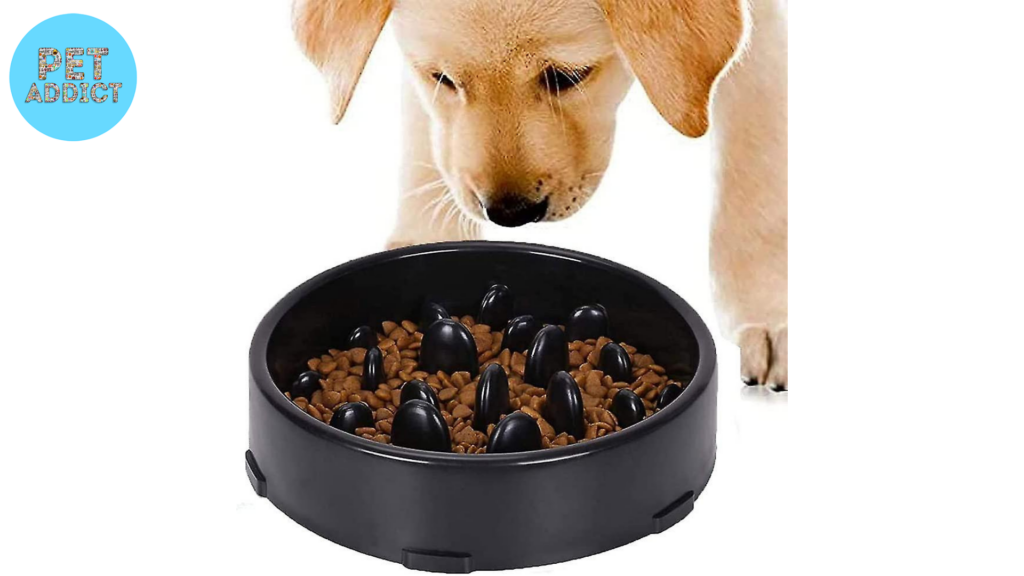
Slow feeding with the use of slow-feeder dog bowls offers several benefits, including:
- Improved digestion: Slowing down the eating process reduces the risk of indigestion, bloating, and other digestive problems.
- Weight management: By promoting slower eating, dogs are more likely to feel full and satisfied with smaller portions, helping to prevent overeating and obesity.
- Mental stimulation: Slow-feeder dog bowls provide mental stimulation and enrichment, engaging dogs’ problem-solving skills and preventing boredom during mealtime.
- Behavioral benefits: Slower eating can reduce the




